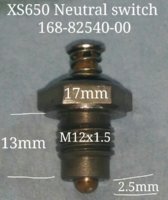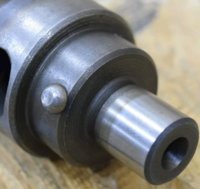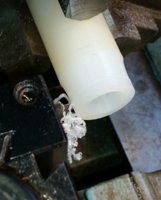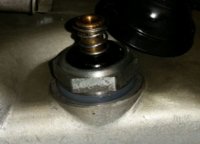I have to agree with 5twins opinion. One of the best things about these bikes, is their simplicity. Yes, sometimes I don't know what gear I'm in, but it doesn't really matter. I just shift up or down by how the engine feels when I start to release the clutch. Also my rpm vs the speedo kms/hr will tell me if I'm in 4th or 5th gear. I think a gear indicator is something that appeals to rookie bike riders, in their first year of riding, as they don't have the experience to know when the engine "feels" right.
Lets face it, most lads want to remove as much wiring and switches as possible, when they buy these bikes. Clutch switches, sidestand switches, reserve lighting relay wiring, brake failure module wiring, etc. etc.., get taken off the bike. They even remove the Safety Relay sometimes. They all dream of having that "clean" look, with no switches or wiring visible.
2M ..................keep up the good work on the clutch investigation................very worthwhile.






